The era of networked electronic technology is driving a growing need for risk mitigation of all kinds. Since your organization has undoubtedly made a substantial investment in the various electronic devices that run on your network, it is of vital importance that you take the steps necessary to protect them from threats that could damage or destroy them. One of the most fundamental measures you should take is the deployment of surge protective devices (SPD) to shield your networked electronics from power surges and spikes, also known as voltage transients.

In evaluating and selecting surge protection, it is important to choose the best product for each individual job. It is not as simple as purchasing a single type of SPD and hooking one up to each device you have on the premises. In fact, there are numerous differing types of surge protection technology. The three most commonly found core components are Metal Oxide Varistors (MOV), Silicon Avalanche Diodes (SAD) and Gas Discharge Tubes (GDT). Each of these is engineered with differing core components to perform the “dirty work” of dissipating surges away from your critical devices. Most surge protectors are built around one of these three technologies, and each is typically defined by the capabilities of that component. There are also a hybrid, multi-stage models available that contain multiple components for better coverage.
Knowing the definitions and differences between the three technologies will help you choose the right surge protection solution for your important networked electronic devices. Here is a more complete look at these technologies, along with some examples of the best applications for each. Continue reading


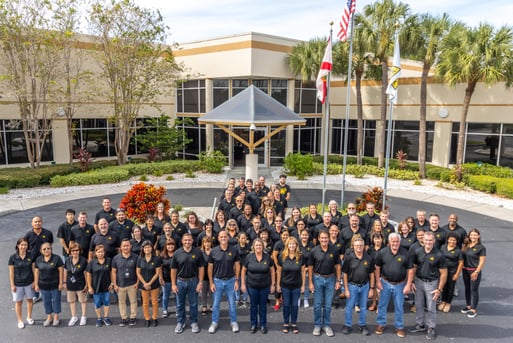
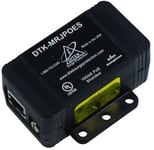
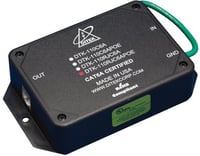
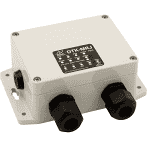

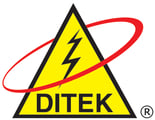
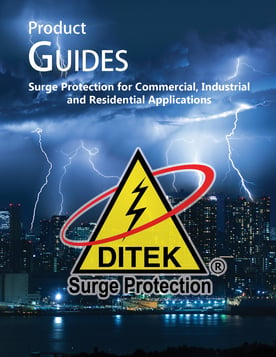
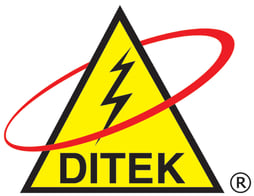


.png?width=58&height=58&name=X_logo_2023_(white).png)
